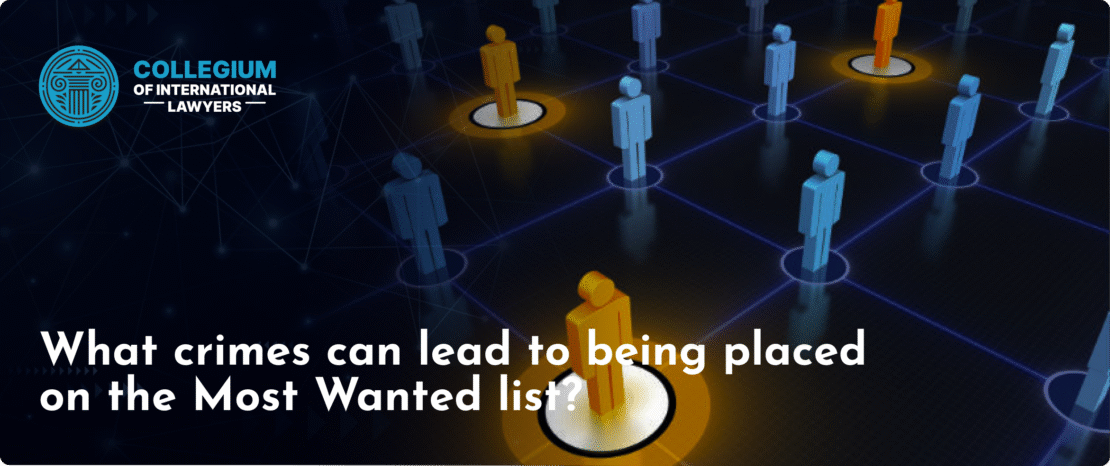- Chưa có sản phẩm trong giỏ hàng.
Đăng bởi : thanh.ws247T4/Th10/2025

The Rise of the Russian Mafia: From Shadows to Influence
The rise of the Russian mafia is a complex story interwoven with historical, political, and social threads that have defined Russia’s transition from the Soviet era to today. This article delves into the origins, growth, and the modern implications of organized crime in Russia, providing a comprehensive overview of how a fragmented society gave rise to one of the most notorious criminal organizations in the world.
Historical Background
The roots of the Russian mafia can be traced back to the late 19th century, but its modern incarnation began during the chaos of the 1990s following the dissolution of the Soviet Union. As the state collapsed, so too did the regulatory frameworks that governed society. With an economy in turmoil and law enforcement agencies weakened, criminal groups proliferated, exploiting the vacuum left by the state.
Key Players and Organizations
Several key players and organizations emerged during this tumultuous period. Notably, groups such as the Solntsevskaya Bratva, Tambov Gang, and others laid down the foundations for what would become a highly structured criminal underworld. Each organization operated in specific territories, controlling various illegal enterprises, from drug trafficking and extortion to arms dealing and human trafficking.
The Role of Corruption
Corruption became a hallmark of the Russian mafia’s rise to power. As government officials and law enforcement often turned a blind eye to criminal activities—either out of fear or complicit partnerships—these groups gained unprecedented influence. The intertwining of mafia influence with public officials created a formidable barrier to genuine reform and law enforcement integrity.
Impact on Society

The consequences of the mafia’s rise have been far-reaching, affecting every segment of Russian life. In urban areas, residents often found themselves living under the shadow of organized crime, where violence was a common method of settling disputes. Businesses, particularly in thriving sectors like construction and retail, were forced to pay “protection” money to avoid harassment or violence.
Global Expansion
By the late 1990s and early 2000s, the Russian mafia began to expand its operations beyond the borders of Russia, establishing networks in Europe, the United States, and even Asia. This globalization of crime allowed for greater profit margins through human trafficking, drug distribution, and money laundering. The interconnectedness of global markets provided new opportunities for revenue generation, as well as increased challenges for law enforcement agencies across various nations.
Media Representation
The Russian mafia has also found its way into popular culture, depicted in a plethora of films, television shows, and literature. The glorification or sensationalization of their activities has often overshadowed the real-life atrocities and community impacts of organized crime. Media portrayals have shaped public perception, sometimes leading to misunderstanding the complexities of this criminal landscape.
The Current State and Future Outlook
Today, the Russian mafia continues to exert influence, though its operations have adapted to changing political and economic climates. The rise of cybercrime, including hacking and digital fraud, represents a new frontier for these organizations. As they evolve, these groups remain a significant challenge for law enforcement efforts worldwide. In Russia, ongoing efforts to curb organized crime have met with mixed success, often hindered by the very corruption that allowed these organizations to flourish in the first place.
Conclusion
The rise of the Russian mafia is not just a tale of crime; it is a reflection of larger societal issues, including governance, law enforcement, and economics. Understanding this complex narrative provides insights into the ongoing struggles that Russia faces in the realm of corruption and organized crime. As these organizations adapt to new challenges and continue to exploit existing vulnerabilities, the story of the Russian mafia remains acritical chapter in the ongoing narrative of modern Russia.

